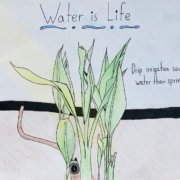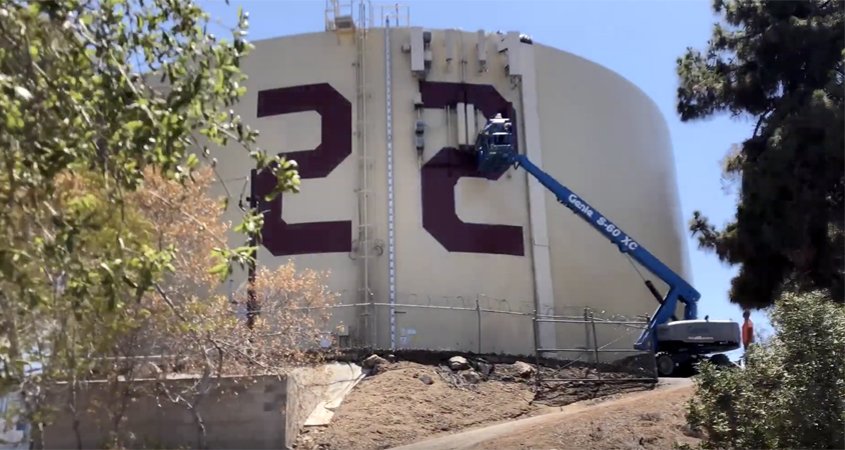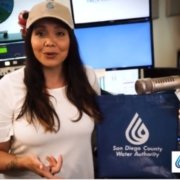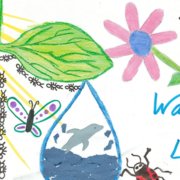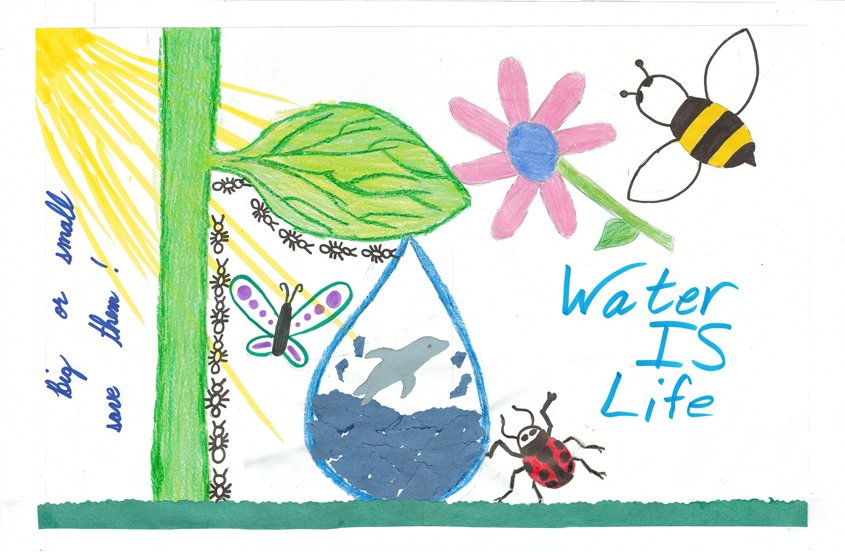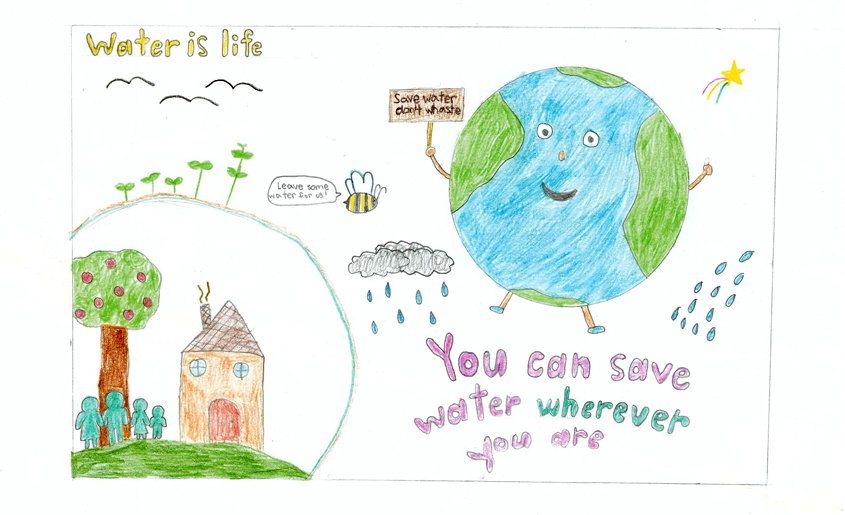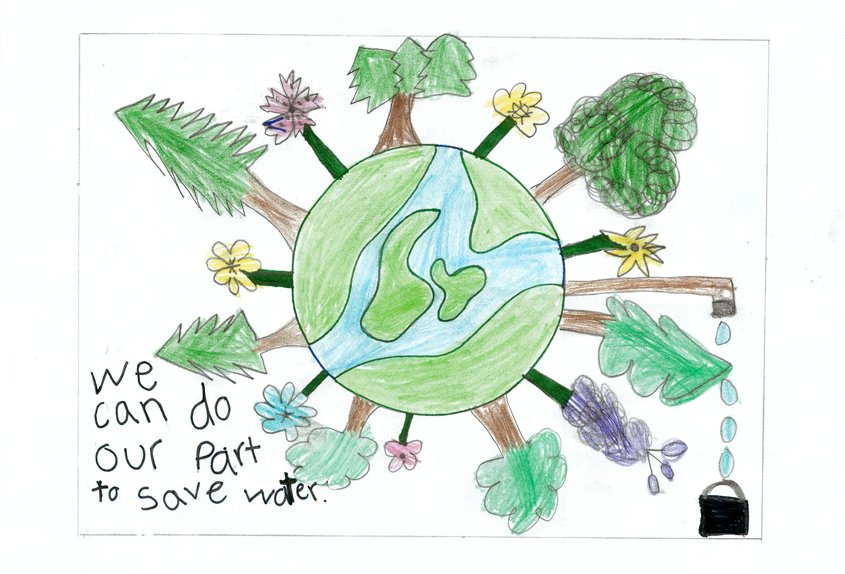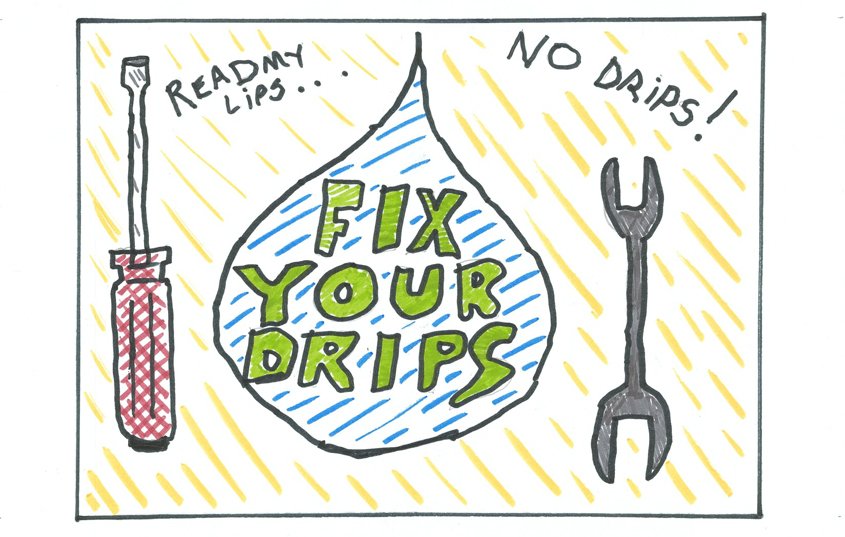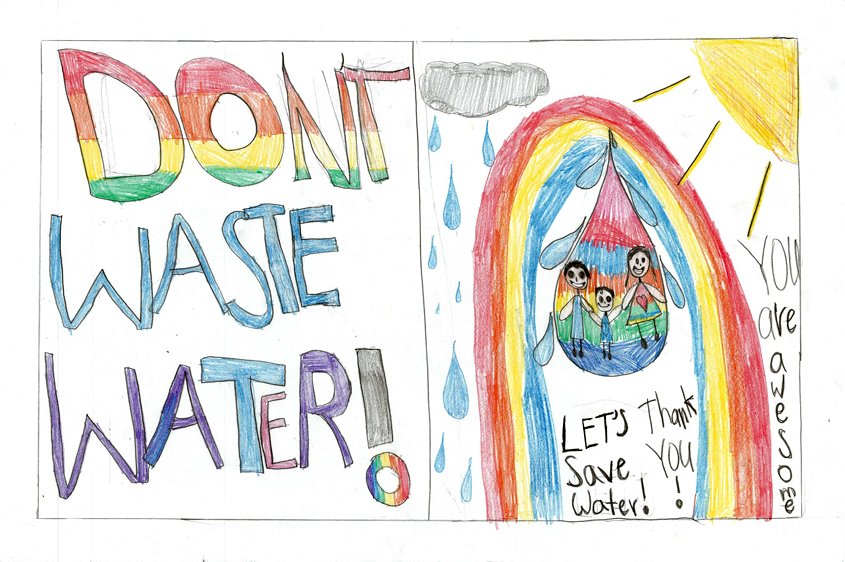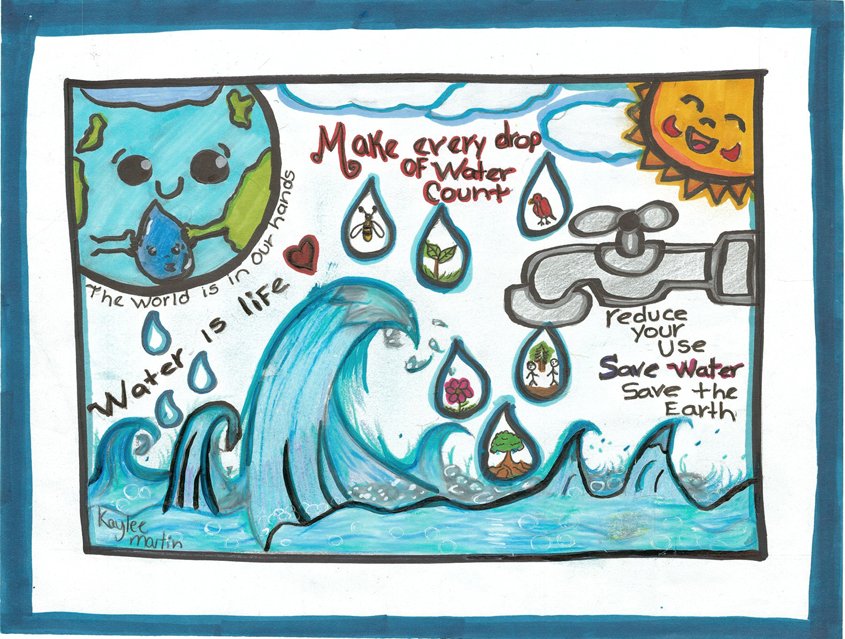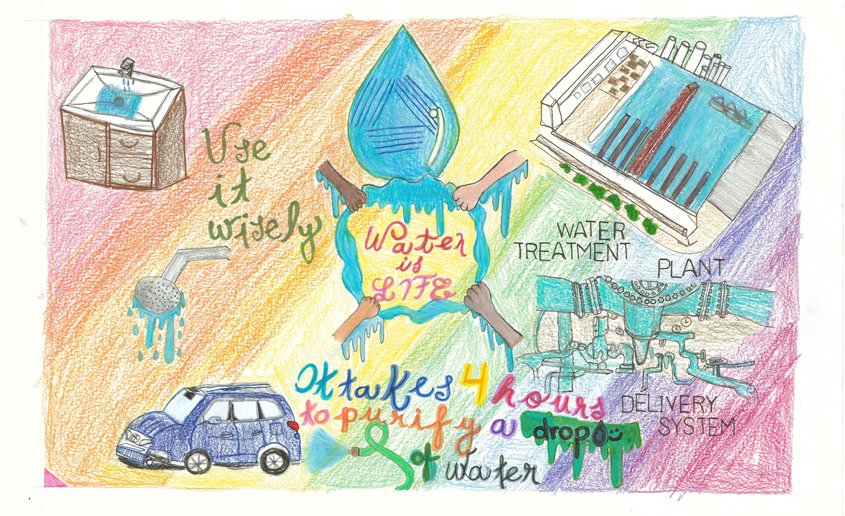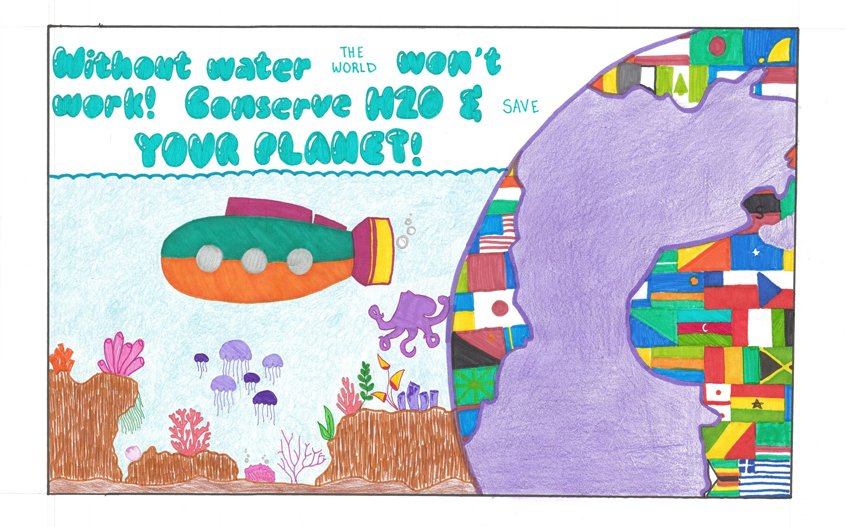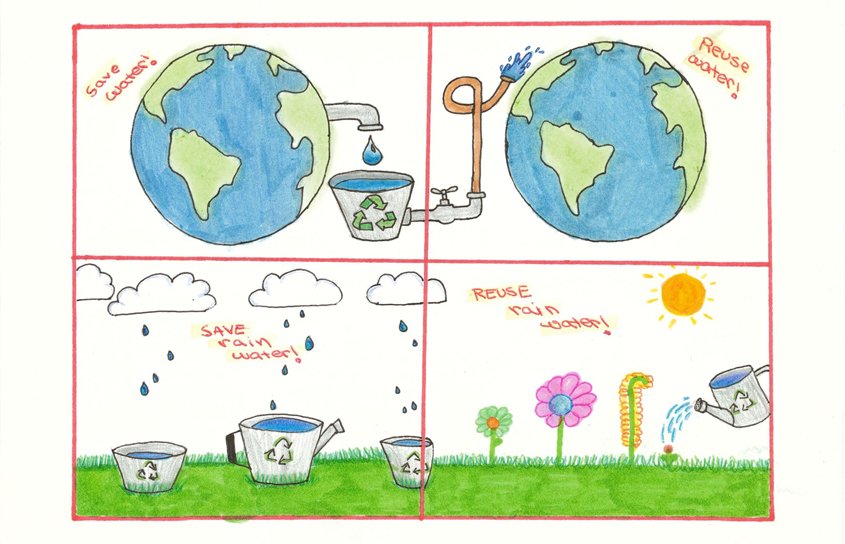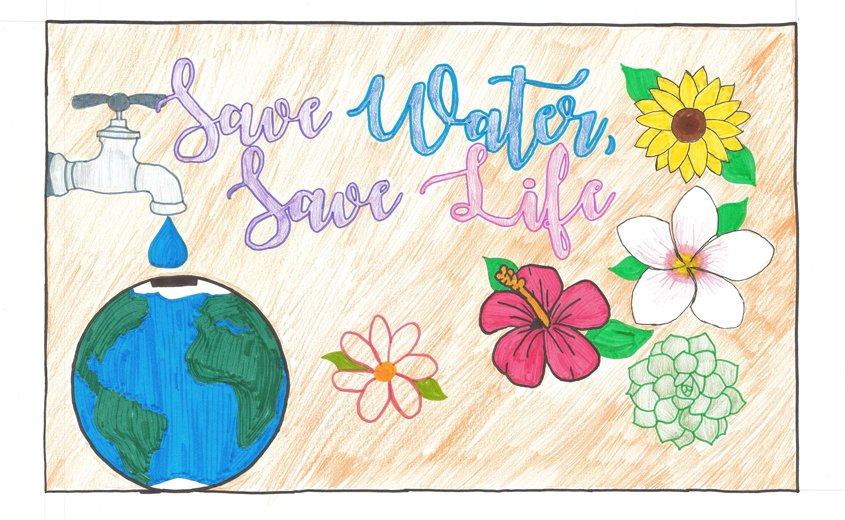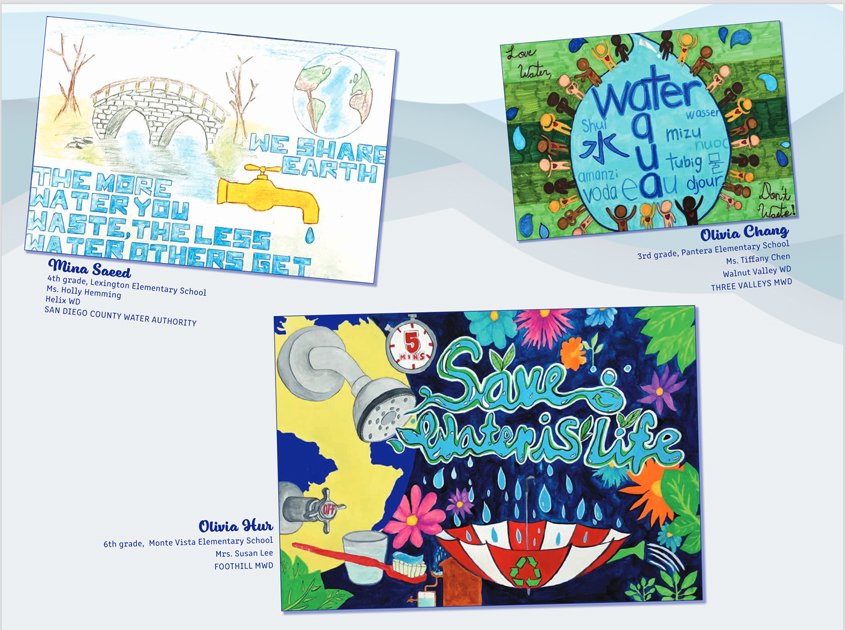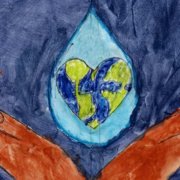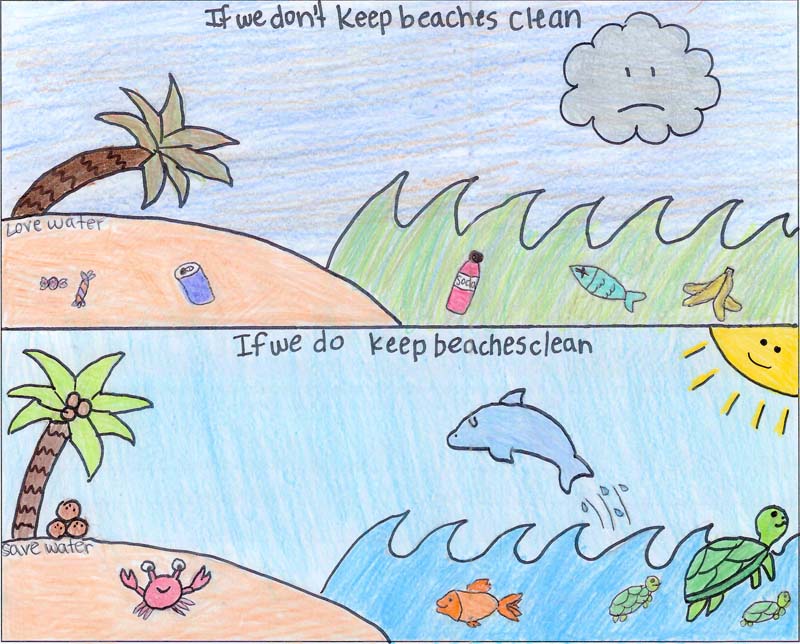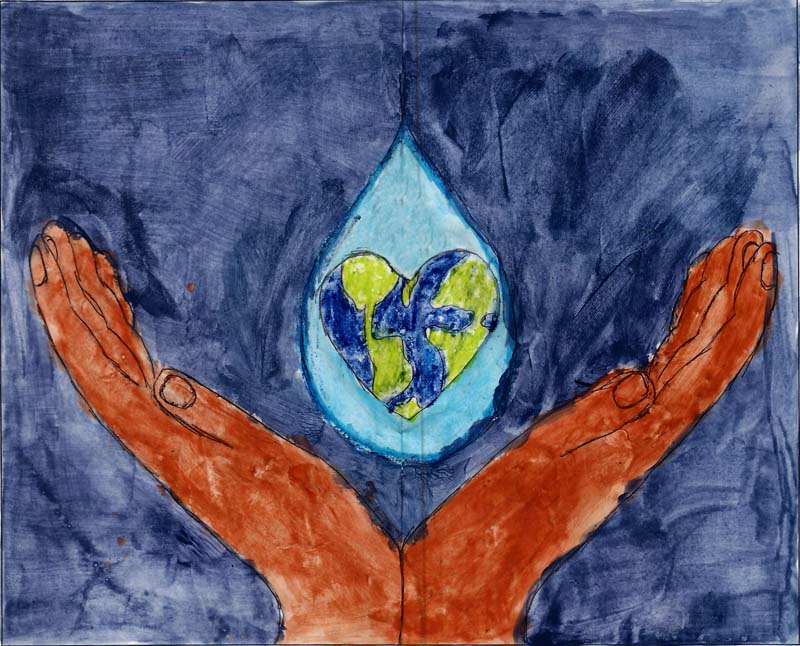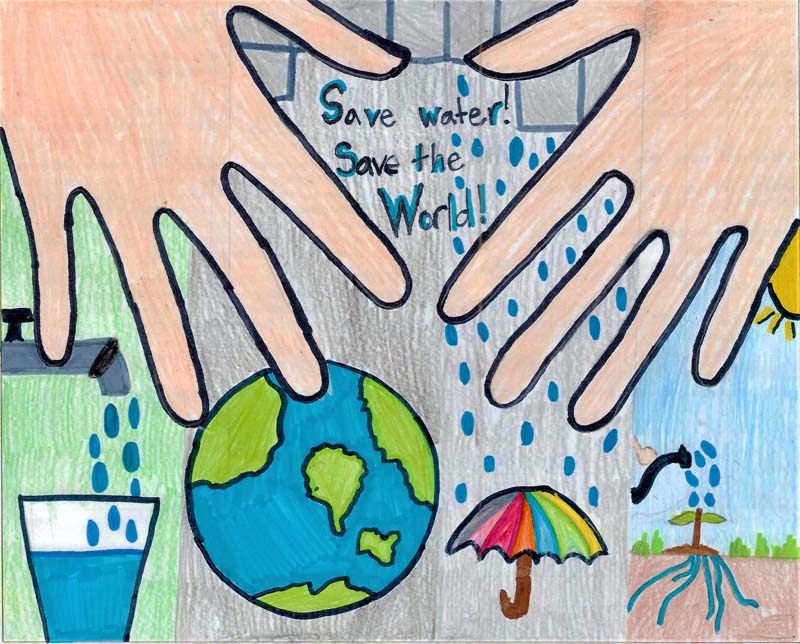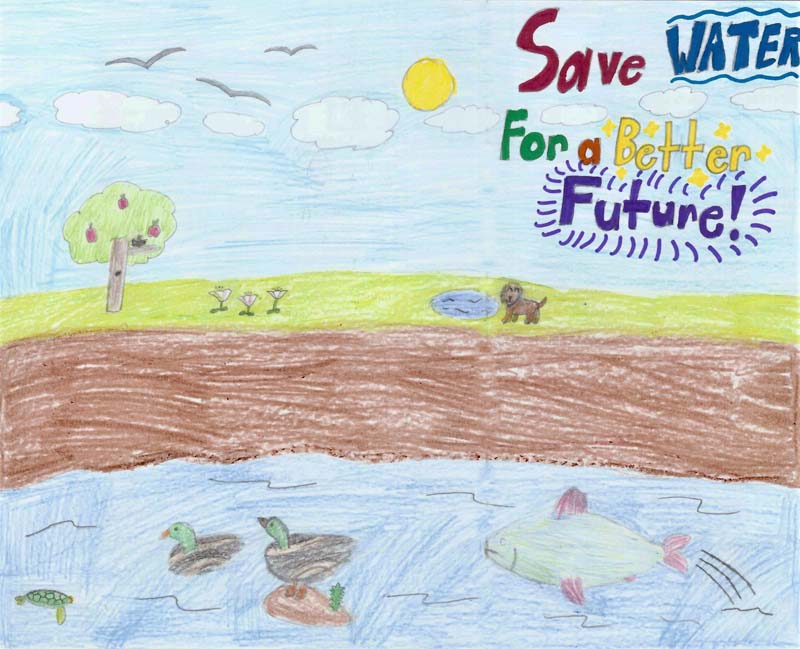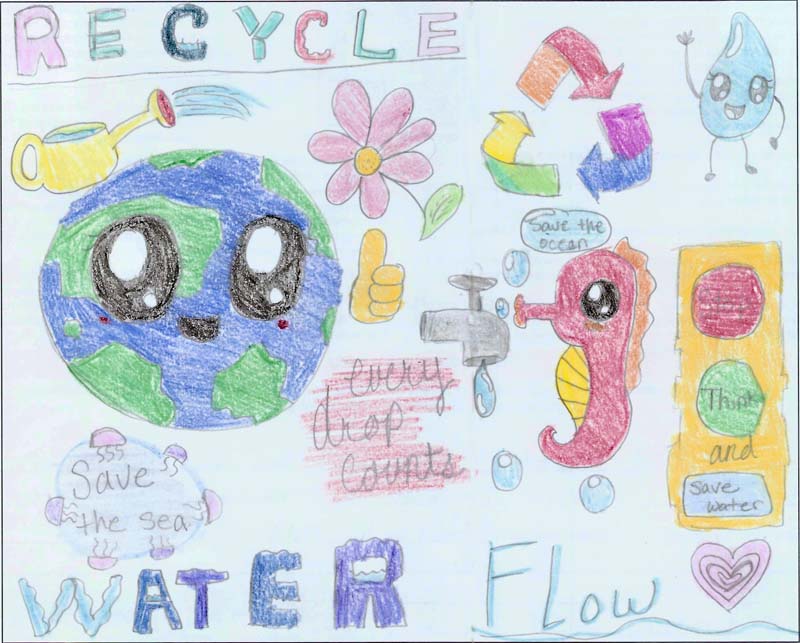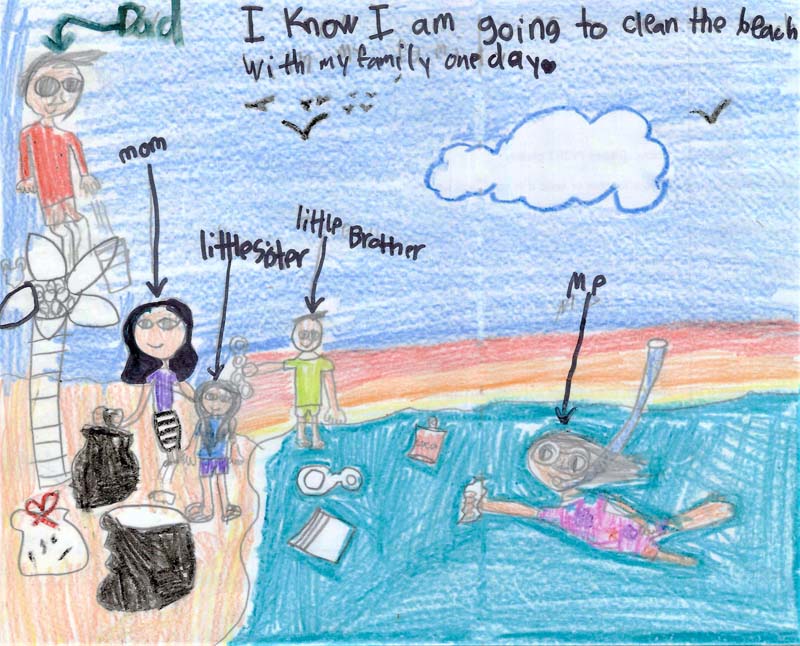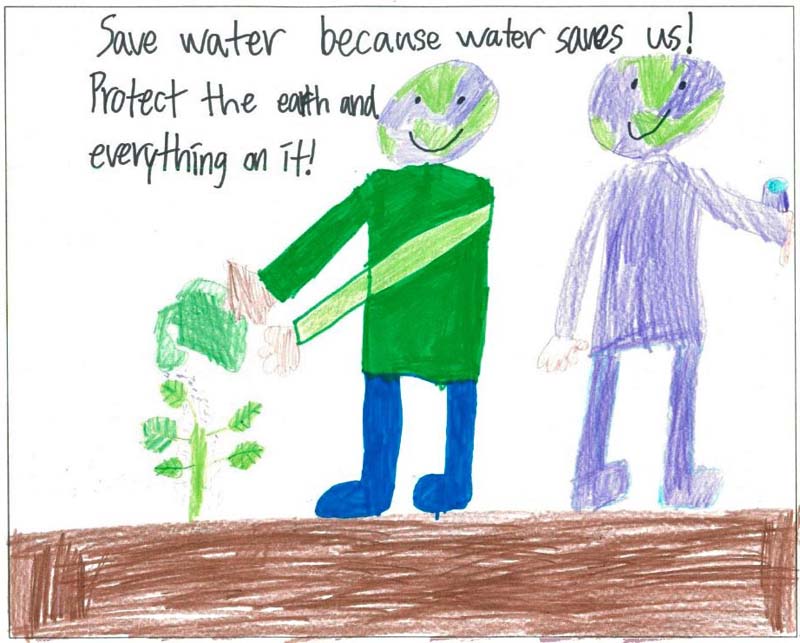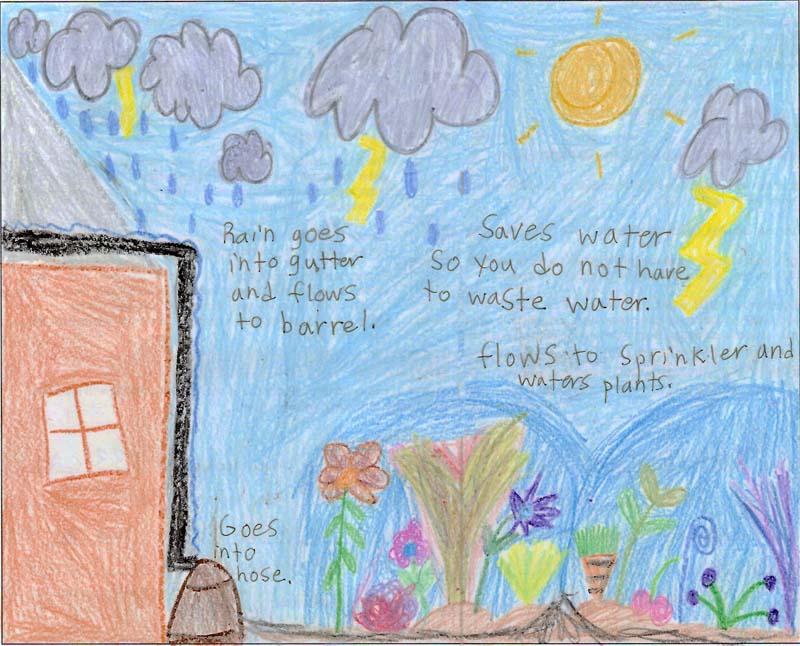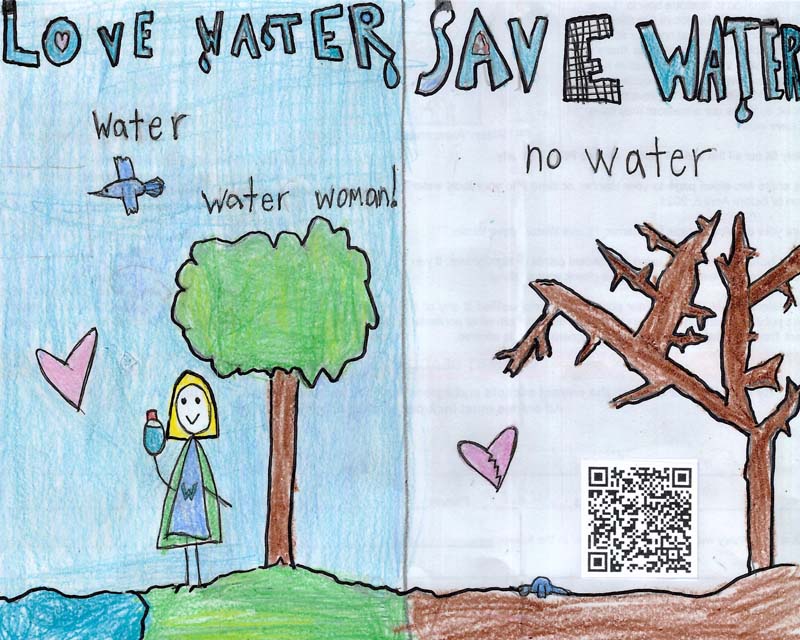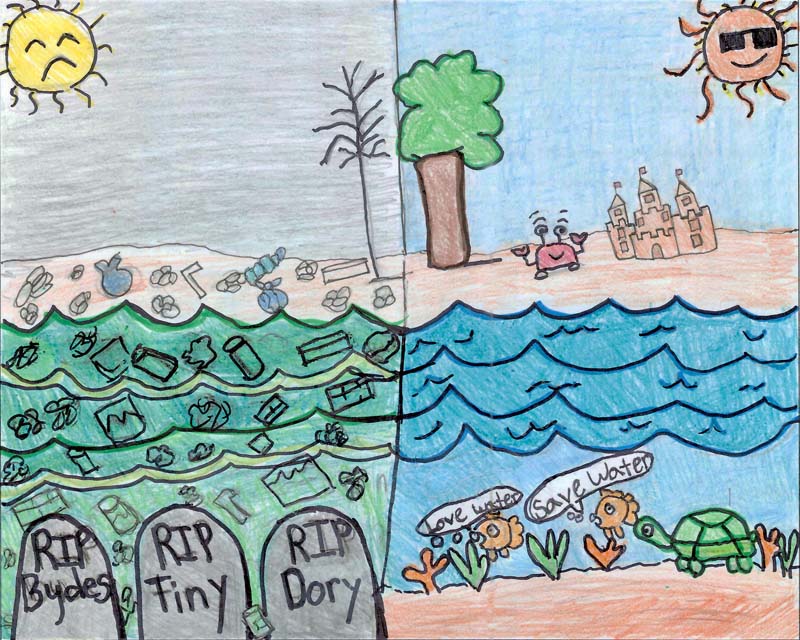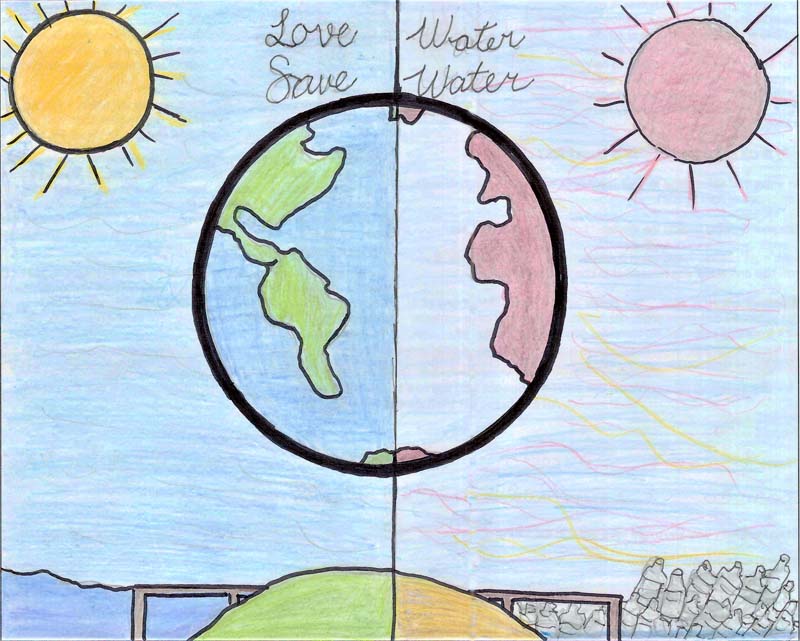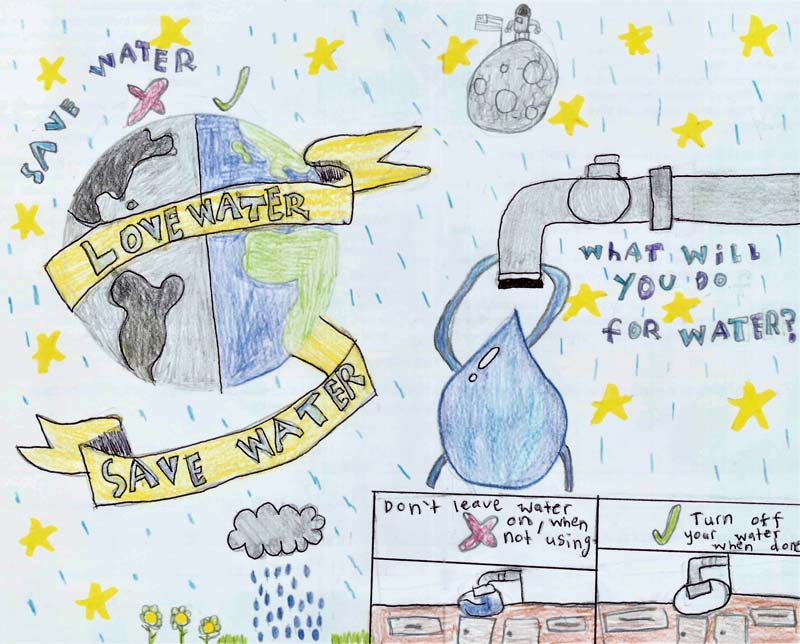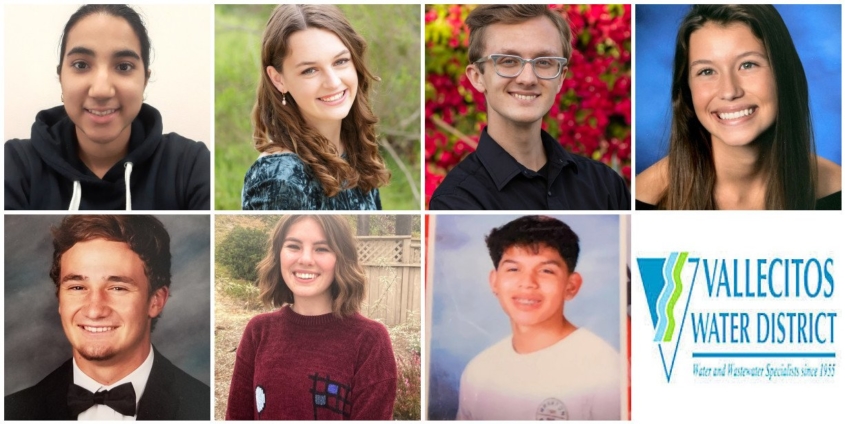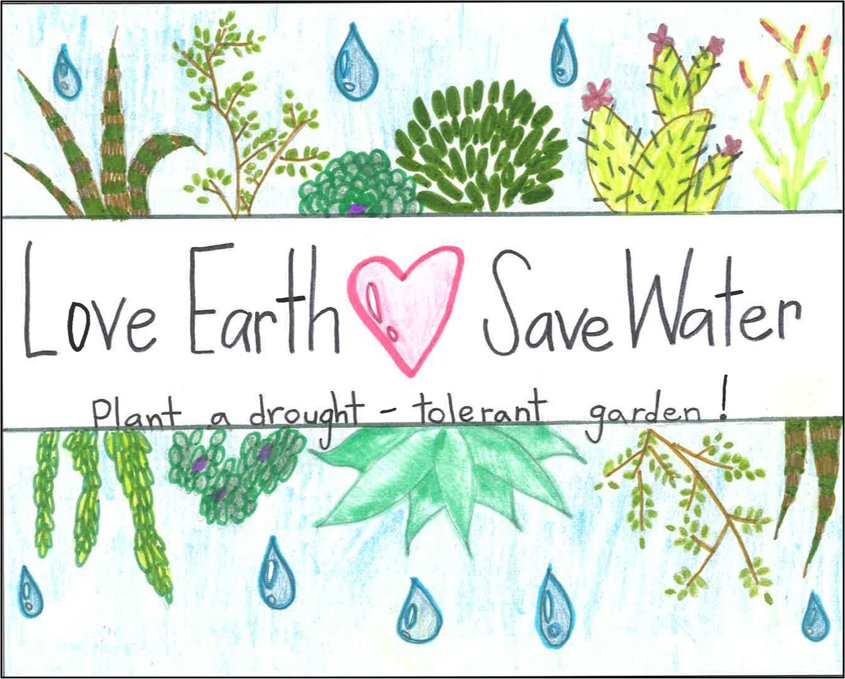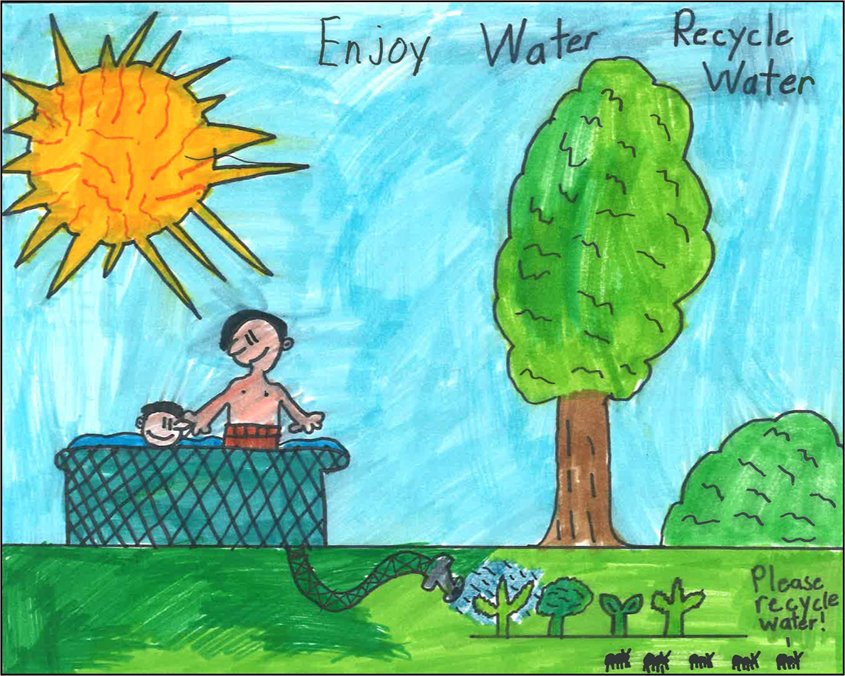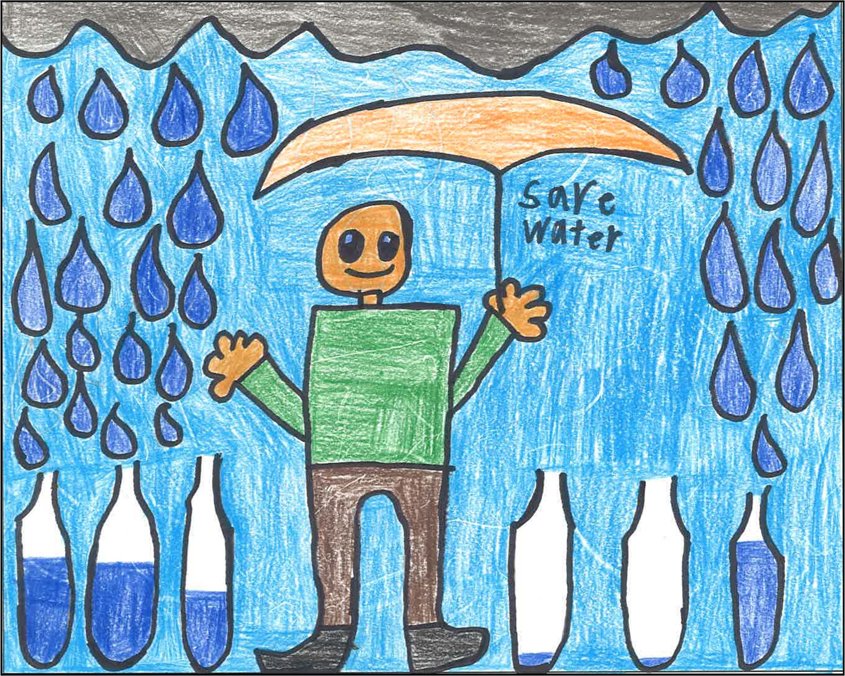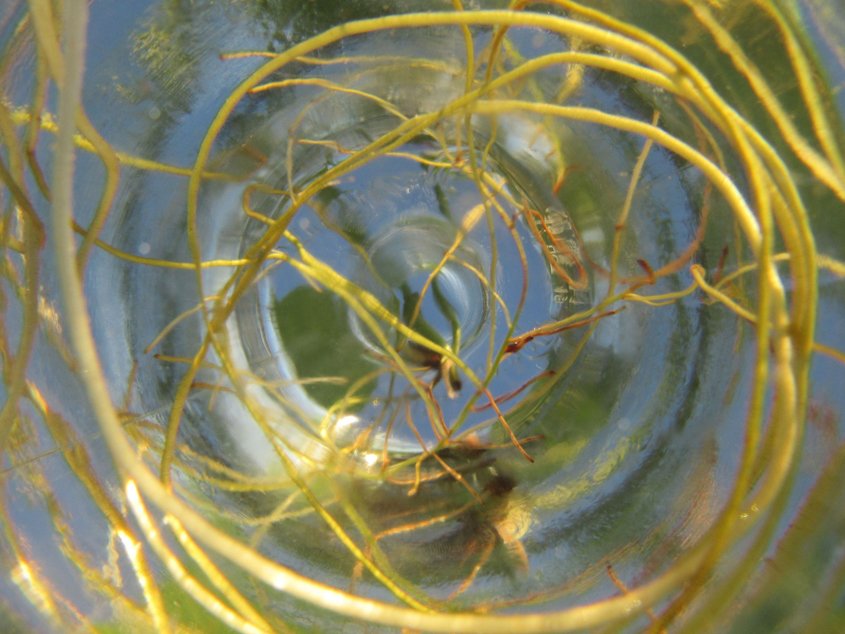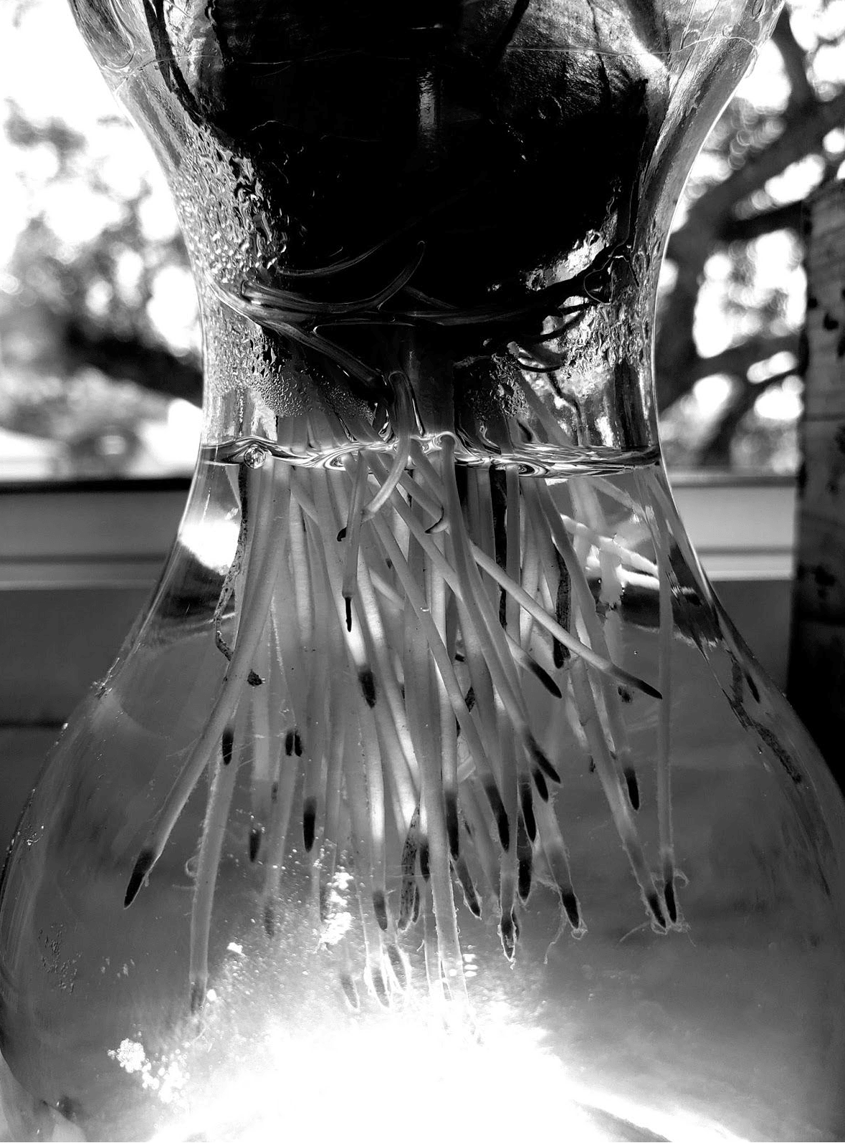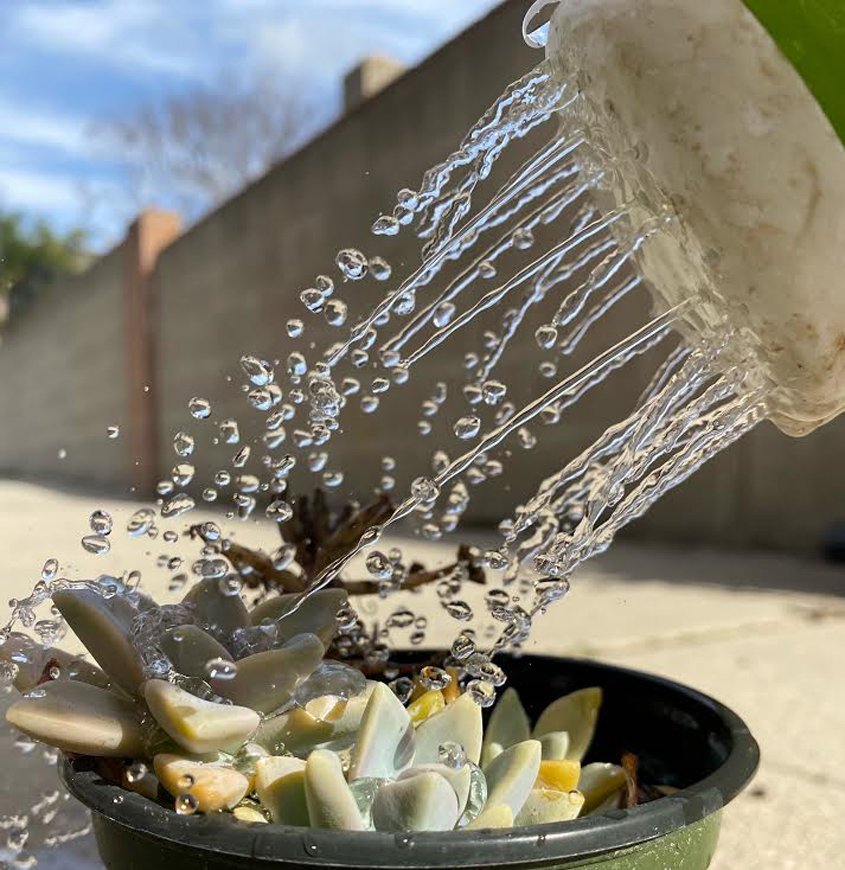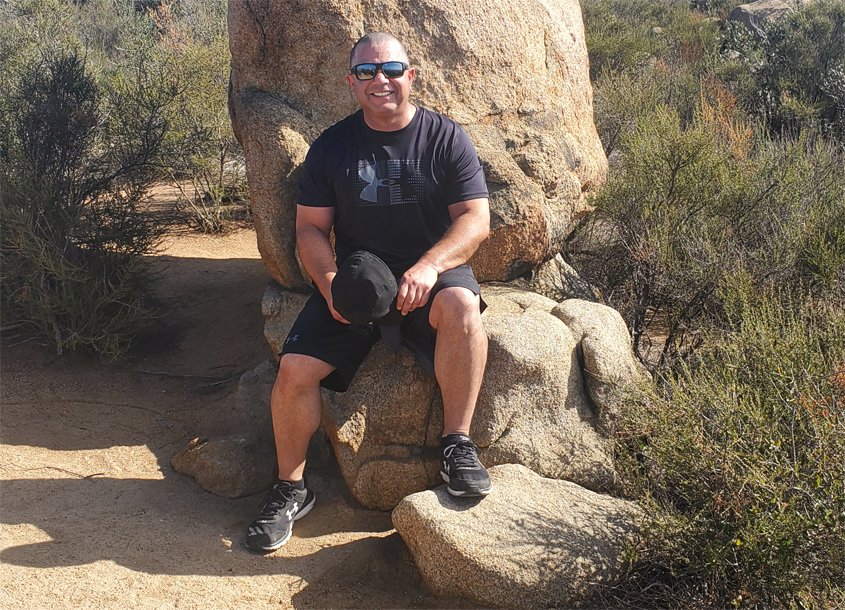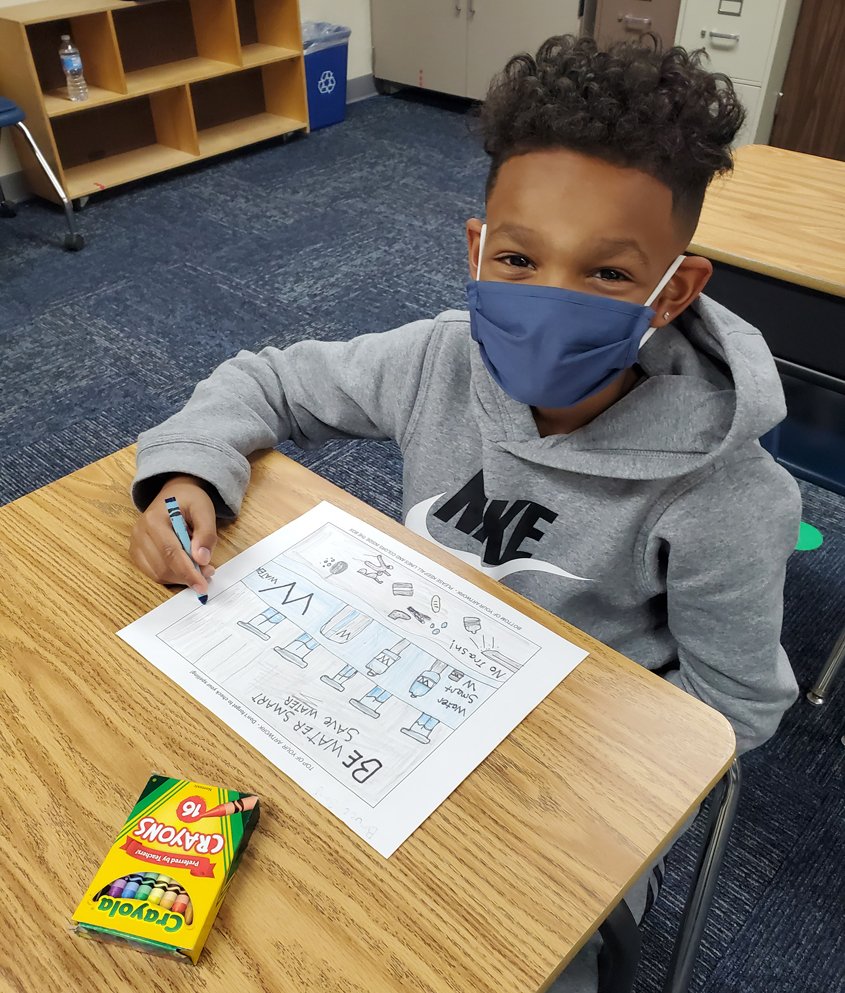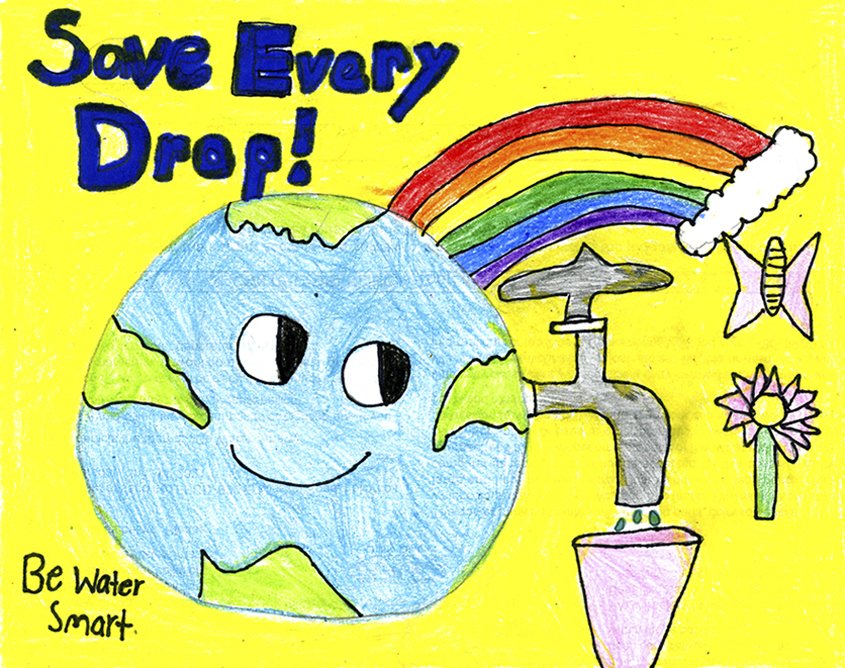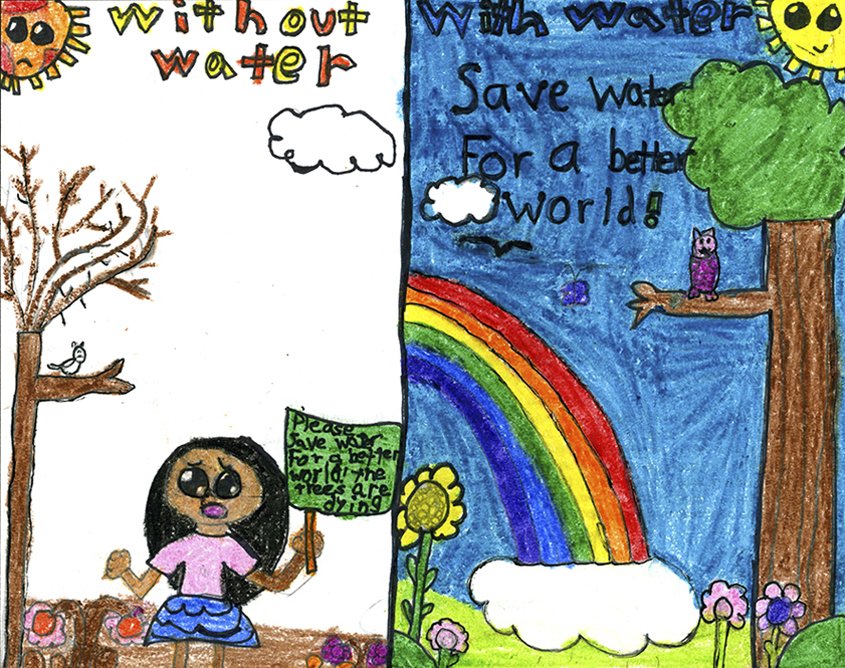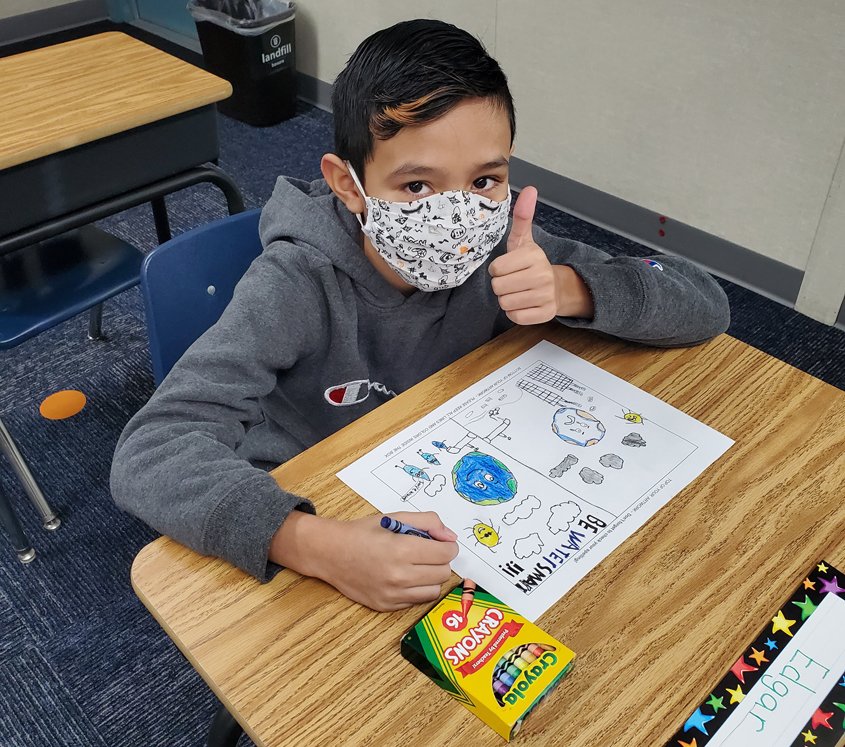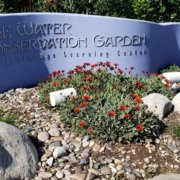Young Artists Win Otay WD “Water is Life” Student Poster Contest
Five young artists from Chula Vista area schools are the winners of Otay Water District’s 2021 “Water is Life” Student Poster Contest for illustrating the value of using water wisely.
Otay’s educational program invites students to create artwork depicting the importance of water conservation and stewardship. The students are encouraged to illustrate the theme “Water is Life,” with the message focused on using water efficiently at home, school, business, and the community, and for environmental, agricultural, and recreational purposes.
The District selected winners in four categories: kindergarten to third grade, fourth to sixth grade, and middle school. The District recognized the five winners at its August Board of Directors virtual meeting. Students received prizes include a gift card, certificate, art kit, and goody bag.
“We are honored to have a talented group of students use their creative skills and knowledge to teach others the importance of being water smart,” said Eileen Salmeron, Otay communications assistant, and contest coordinator. “As California faces a drought, it is vital that our young generation knows the value of using our natural resources efficiently as possible.”
Otay Water District winning posters for 2021 include:
Middle School Winner
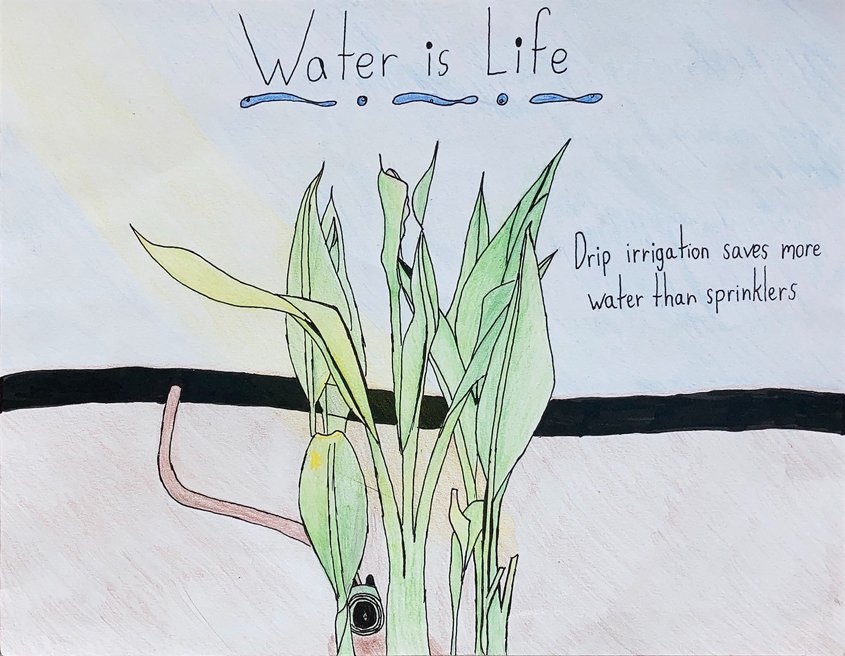
First place: Isabella Blakely, eighth grade, Eastlake Middle School
Fourth – Sixth Grade Elementary School Winners
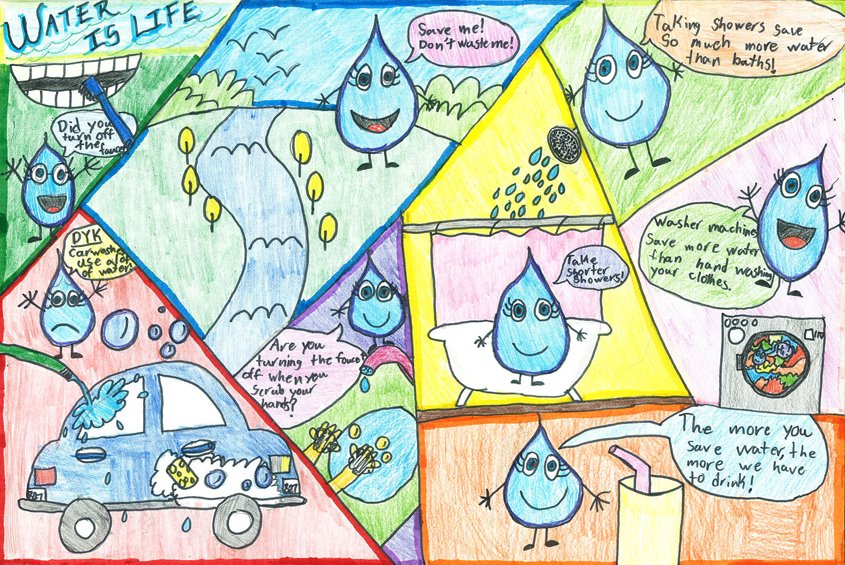
First place: Kristen Beltran, fifth grade, Thurgood Marshall Elementary School
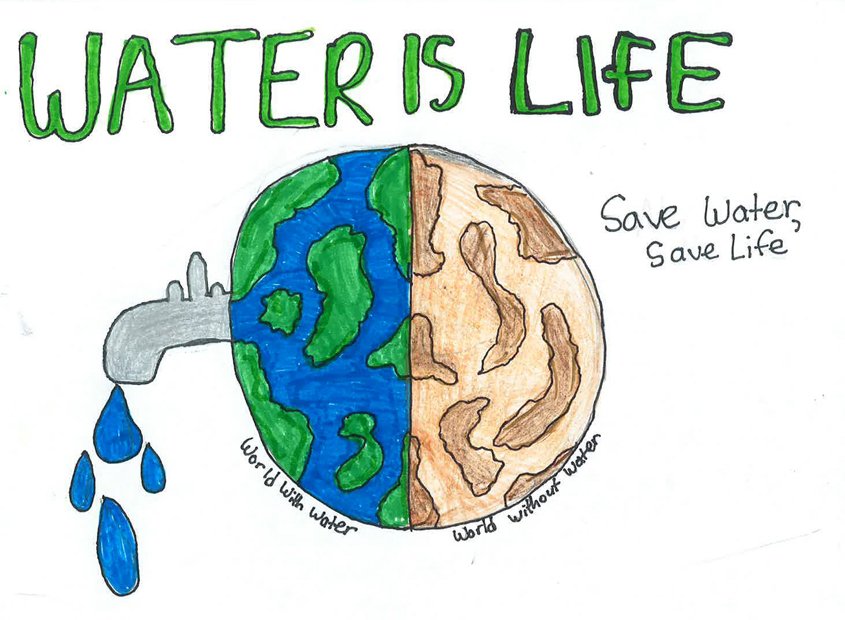
Second place: Ava Hilinski, fifth grade, Thurgood Marshall Elementary School
Kindergarten – Third Grade Elementary School Winners
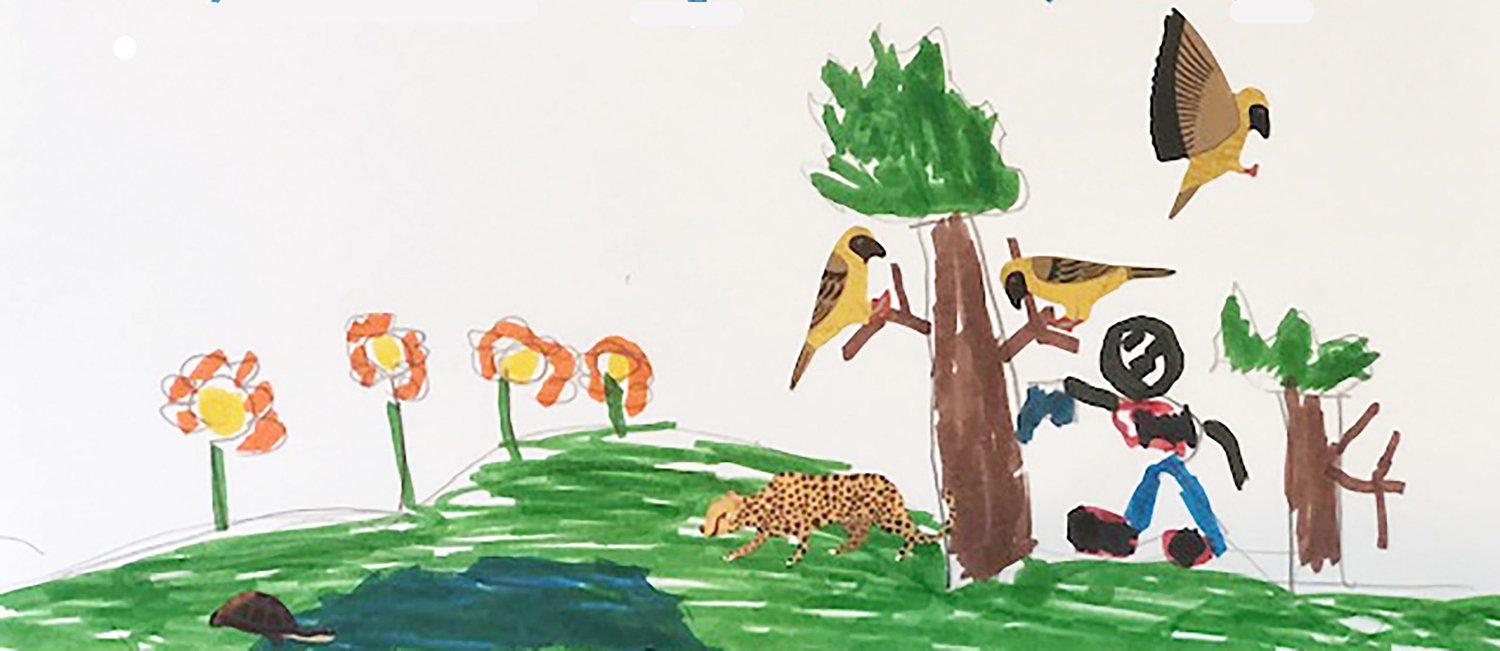
First place: Pablo Flores, first grade, Wolf Canyon Elementary
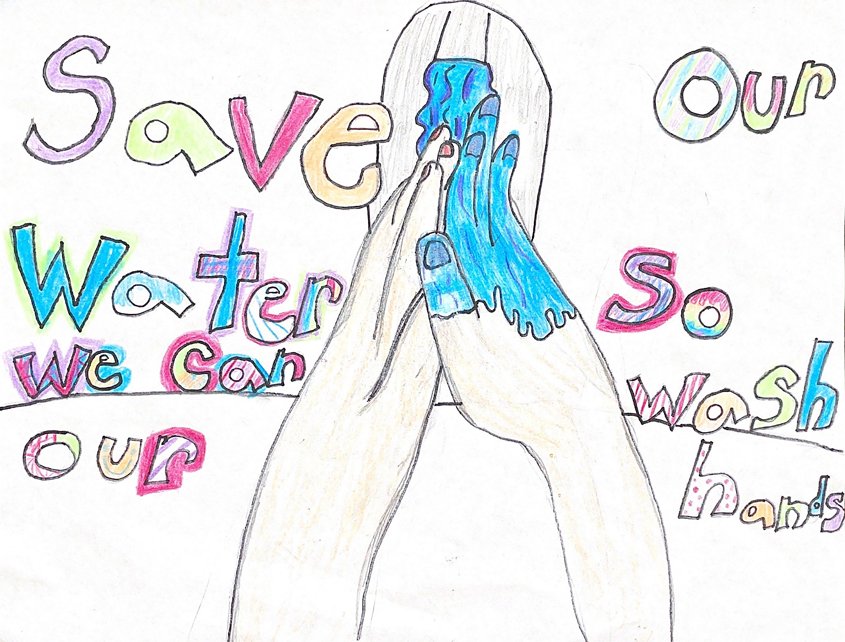
Second place: Elsa Mendoza, first grade, Thurgood Marshall Elementary school
The five winning posters will now enter the regional competition in the Metropolitan Water District of Southern California annual student poster contest. Winning posters from entrants among various participating Southern California water agencies will be featured in MWD’s 2022 “Water is Life” calendar.
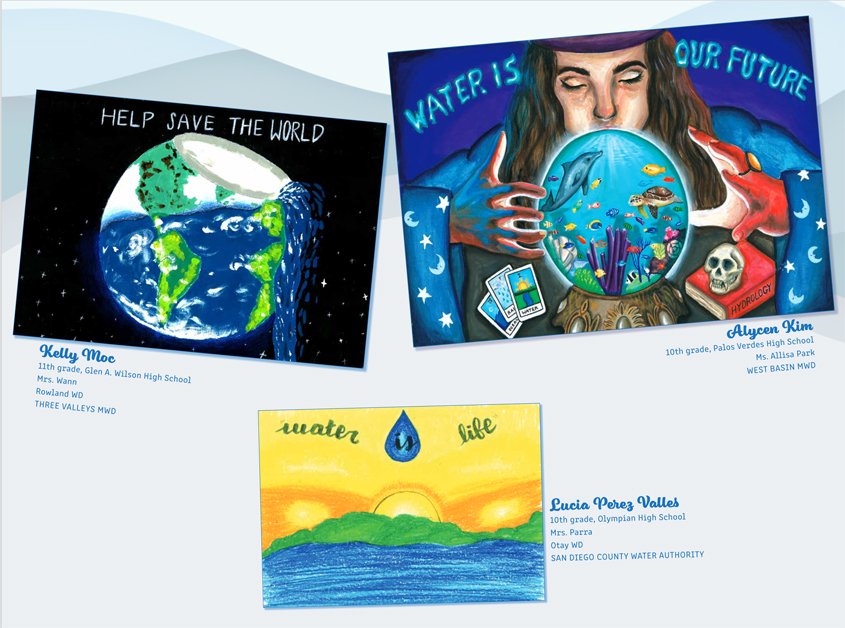
Lucia Perez Valles’ winning entry appears on the July 2021 calendar page. Photo: MWD
Otay Water District students could keep a winning streak going. Sisters Lucia Perez Valles and Sofia Perez Valles both had winning artwork selected for the MWD 2021 calendar. The Valles sisters attended Olympian High School. Lucia is a sophomore, and Sonia is a senior. Lucia’s art appears on the July page, and Sonia’s appears in November.
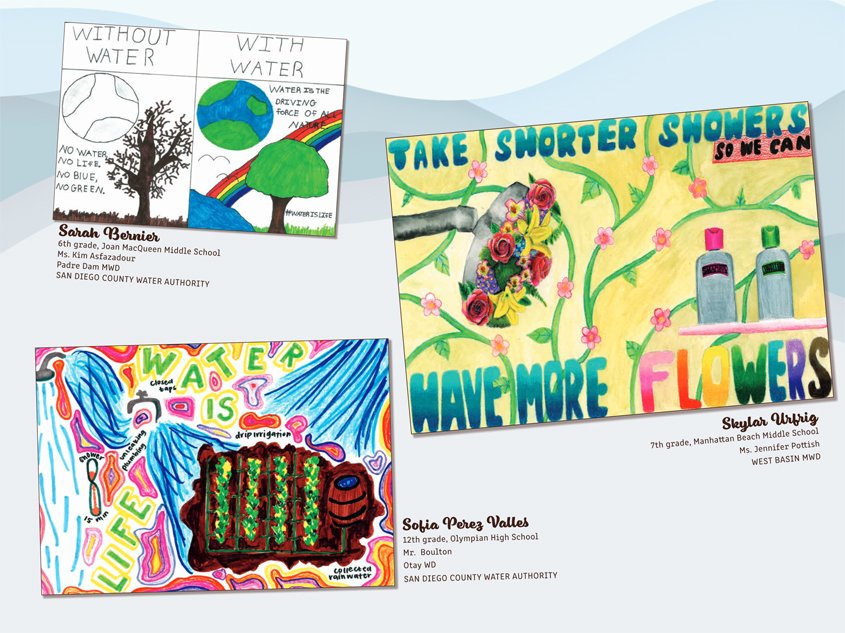
Sofia Perez Valles’ winning entry appears on the November 2021 calendar page. Photo: Metropolitan Water District of Southern California
The Metropolitan Water District of Southern California will announce the winners later this year.
To learn more about the Otay Water District’s poster contest and find additional educational programs, go to: https://bit.ly/3jTwtHg
(Editor’s note: The Otay Water District is one of the San Diego County Water Authority’s 24 member agencies that deliver water across the metropolitan San Diego region.)

